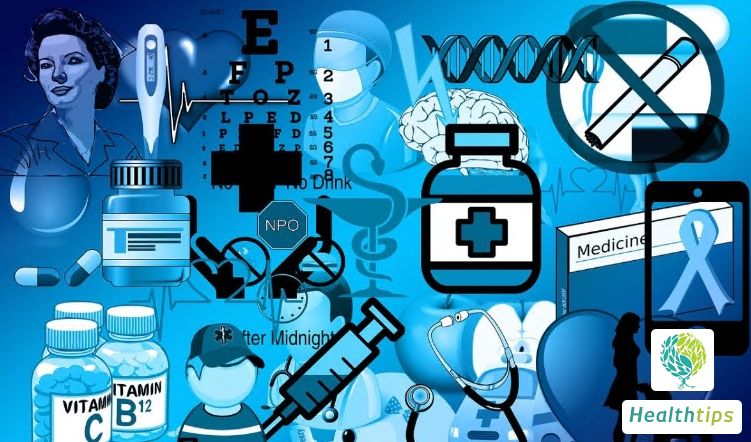How Should Parkinsons Disease Be Classified?
Classification and Symptoms of Parkinson's Disease
Parkinson's disease can be categorized into two main types: idiopathic Parkinson's disease and secondary Parkinsonism. The former arises from the degeneration of substantia nigra cells and the loss of dopaminergic neurons, while the latter is caused by cerebrovascular diseases, infectious diseases, and other factors.

Idiopathic Parkinson's Disease
1. Resting Tremor: The most common initial symptom, typically starting in the distal region of one upper limb, primarily involving the thumb, index finger, and middle finger, manifesting as a pill-rolling motion.
2. Increased Muscle Tone: Commonly seen as flexion deformities in flexed positions, resembling a "lead-pipe" rigidity or flexion of the elbow, wrist, and knee joints.
3. Bradykinesia: Patients often exhibit a masked face, bilateral symmetrical clumsiness and weakness in the hands, slow and unstable gait, with a tendency to fall.
4. Postural Instability: Leads to difficulty in maintaining balance, causing swaying while walking and difficulties in sustaining sitting or standing postures.
Secondary Parkinsonism
1. Postencephalitic Parkinsonism: Primarily caused by viral infections, it shares similar clinical features with idiopathic Parkinson's disease but typically onsets at a younger age and progresses rapidly.
2. Drug-Induced Parkinsonism: Arises from the use of antipsychotic medications to treat schizophrenia or other conditions.
3. Toxic Parkinsonism: Caused by exposure to certain toxic substances, such as pesticides, herbicides, and industrial poisons.
4. Dementia with Lewy Bodies: A common form of dementia in the elderly, characterized by pathological changes primarily affecting the cerebral cortex, internal capsule, globus pallidus, and subthalamic nucleus. Clinical features include fluctuating cognitive decline, visual hallucinations, sleep disturbances, and Parkinsonian symptoms.
There is also Parkinsonism caused by genetic factors. It is recommended to promptly seek medical attention and receive targeted treatment under a doctor's guidance.



















